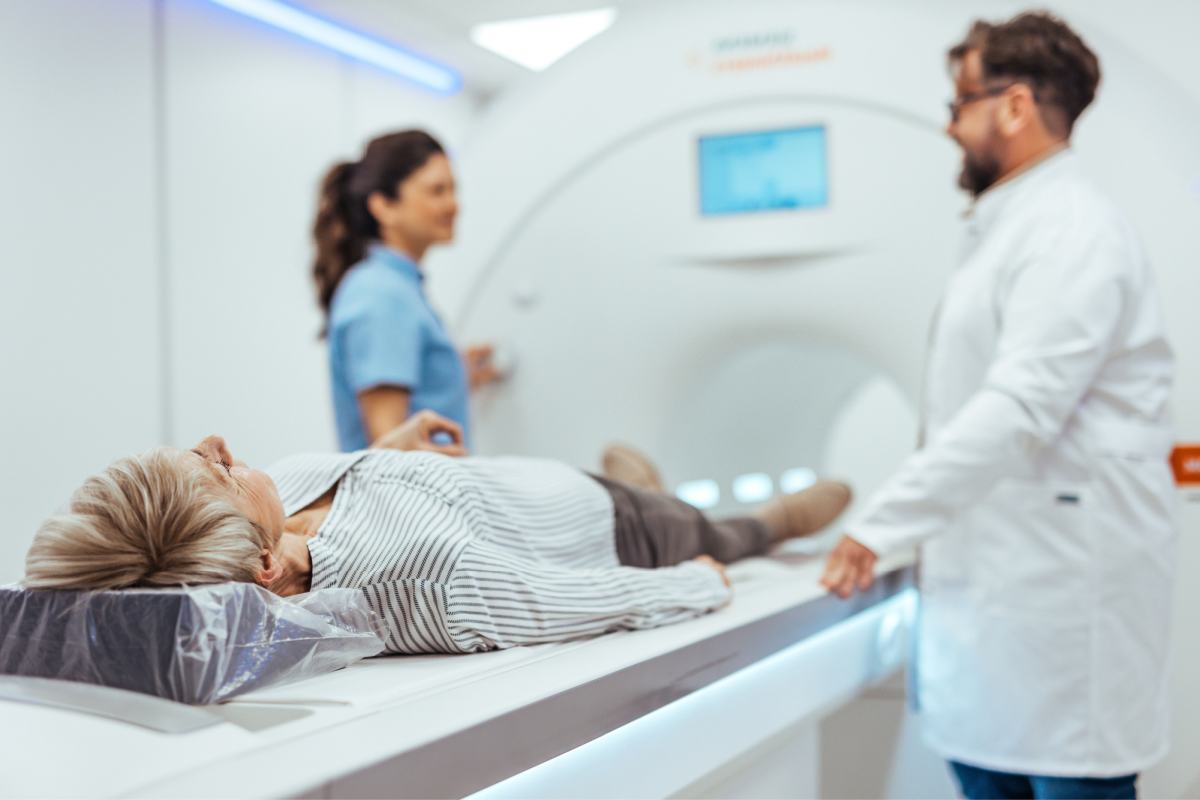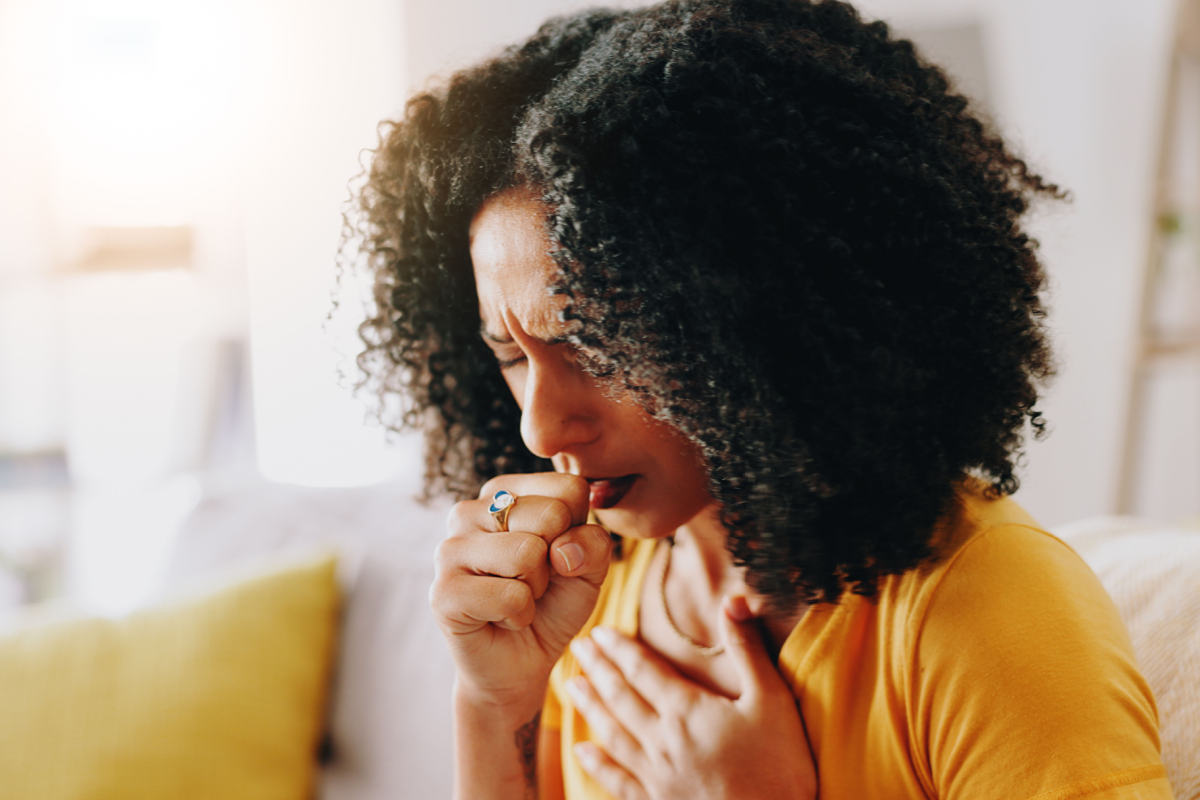The Centers for Disease Control and Prevention (CDC) have now added the new onset of loss of smell and taste to its growing list of symptoms for COVID-19. In light of growing anecdotal evidence from infected patients, new research studies are now showing that in combination with other symptoms, olfactory and gustatory (taste) impairments may be able to predict whether an individual has the infection.
As with other symptoms of COVID-19, such as fever, cough, sore throat, shortness of breath and muscle pain, among others, any sudden impairments in smell or taste could appear between two to 14 days after exposure to the virus.
An increasing number of COVID-19 patients have reported losses of smell and/or taste, which are termed agnosia and hypogeusia, respectively, among other COVID-19 symptoms. Patients have presented with the sudden development of either one, or both of the sensory dysfunctions.
Related: WHO Announces SOLIDARITY Megatrial to Test Treatments for COVID-19
Researchers around the world have now started to look into this COVID-19 sensory phenomenon, with several studies having been recently published on the subject.
Among the studies is a multi-center European study that involved 417 mild- to moderate-COVID-19 patients, with just over half (263) being women, across 12 different hospitals in Europe. The study found that about 86 and 88 percent of patients reported olfactory and gustatory dysfunctions, respectively, with a significant association between both of the disorders.
The study found that olfactory impairment was not necessarily associated with any nasal symptoms such as nasal obstruction and/or rhinorrhea (runny nose). Of the 18 percent of patients who presented without any nasal symptoms, almost 80 percent experienced anosmia or hyposmia (reduced smell). Females were found to be significantly more affected by the sensory losses than males.
In another recently published study, researchers at the University of California, San Diego found that among 1,480 patients that presented with influenza-like symptoms, 59 percent of the patients tested positive for COVID-19 and of them, 68 percent reported smell, and 71 percent reported taste loss. This is in comparison to 16 and 17 percent of COVID-19-negative patients who experienced smell and taste loss, respectively.
The researchers found that “smell and taste impairment were independently and strongly associated with COVID-19-positivity.” Based on the findings, the researchers suggested that chemosensory dysfunction should be considered when screening for COVID-19 symptoms.
Symptom Tracking: Predicting COVID-19 Infection
In order to compile more data on COVID-19 symptoms, British researchers at King’s College London developed a symptom tracker app to follow and monitor potential COVID-19 patients as symptoms may appear. Data from the project has so far shown that approximately 60 percent of people who eventually tested positive for COVID-19 experienced loss of smell and taste, compared to 18 percent who tested negative. According to the report, the results were “much stronger in predicting a positive COVID-19 diagnosis than self-reported fever.”
Using the collected data, the research team developed a mathematical model to identify which combination of symptoms, such as loss of smell and taste, fever, persistent cough, fatigue, diarrhea, abdominal pain and loss of appetite, could most accurately predict COVID-19 infection.
Dr. Tim Spector, the King’s College professor who led the study explained that, “when combined with other symptoms, people with loss of smell and taste appear to be three times more likely to have contracted COVID-19 according to our data, and should therefore self-isolate for seven days to reduce the spread of the disease.”
Characterizing Impaired Smell and Taste
Reports of smell and taste dysfunction can be traced back to January when the Academy of American Otolarynology first proposed to add loss of smell to the list of symptoms being screened for COVID-19 in the absence of other respiratory illnesses or allergies.
University of Illinois Food Science and Human Nutrition professor Dr. M. Yanina Pepino specializes in the area of taste perception and is now part of an international group of 50 researchers from 38 countries investigating how anosmia and hypogeusia are associated with COVID-19. Their aim is to see whether these symptoms can help identify people who are infected and/or contagious so that they can self-isolate and prevent the infection from spreading to others.
In speaking to a local agency in Illinois, Dr. Pepino said, “with the exception of a handful of recently published studies, much of the information is anecdotal.” In addition, she went on to say, “interestingly, we have not heard much about this symptom in patients from Asia, but it has become noticeable in patients from Iran, Europe and now the United States. Between 60 percent to 80 percent of COVID-19-positive patients are reporting a complete loss of their sense of smell or taste.”
Post-viral anosmia is actually one of the leading causes of smell loss in adults, accounting for up to 40 percent of cases according to the British Rhinological Society. However, the society’s president, Claire Hopkins, MD and colleagues wrote a report in Lancet Infectious Diseases in which they said that the observed loss of smell occurs “in the absence of nasal congestion or rhinorrhea,” which is in contrast to other respiratory illnesses.
They therefore state that “physicians evaluating patients with acute-onset loss of smell or taste, particularly in the context of a patent nasal airway, should have a high index of suspicion for concomitant SARS-CoV-2 infection.”
The most concerning aspect of the virus is that individuals may be asymptomatic, with no sign of illness, and as a result, infect others unknowingly. This is precisely why widespread physical distancing measures and widespread testing are critical in mitigating the spread of the viral pandemic.












Join or login to leave a comment
JOIN LOGIN